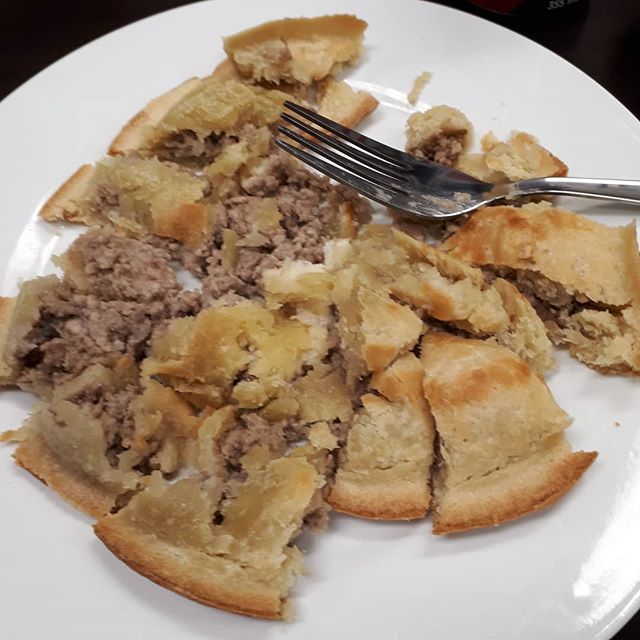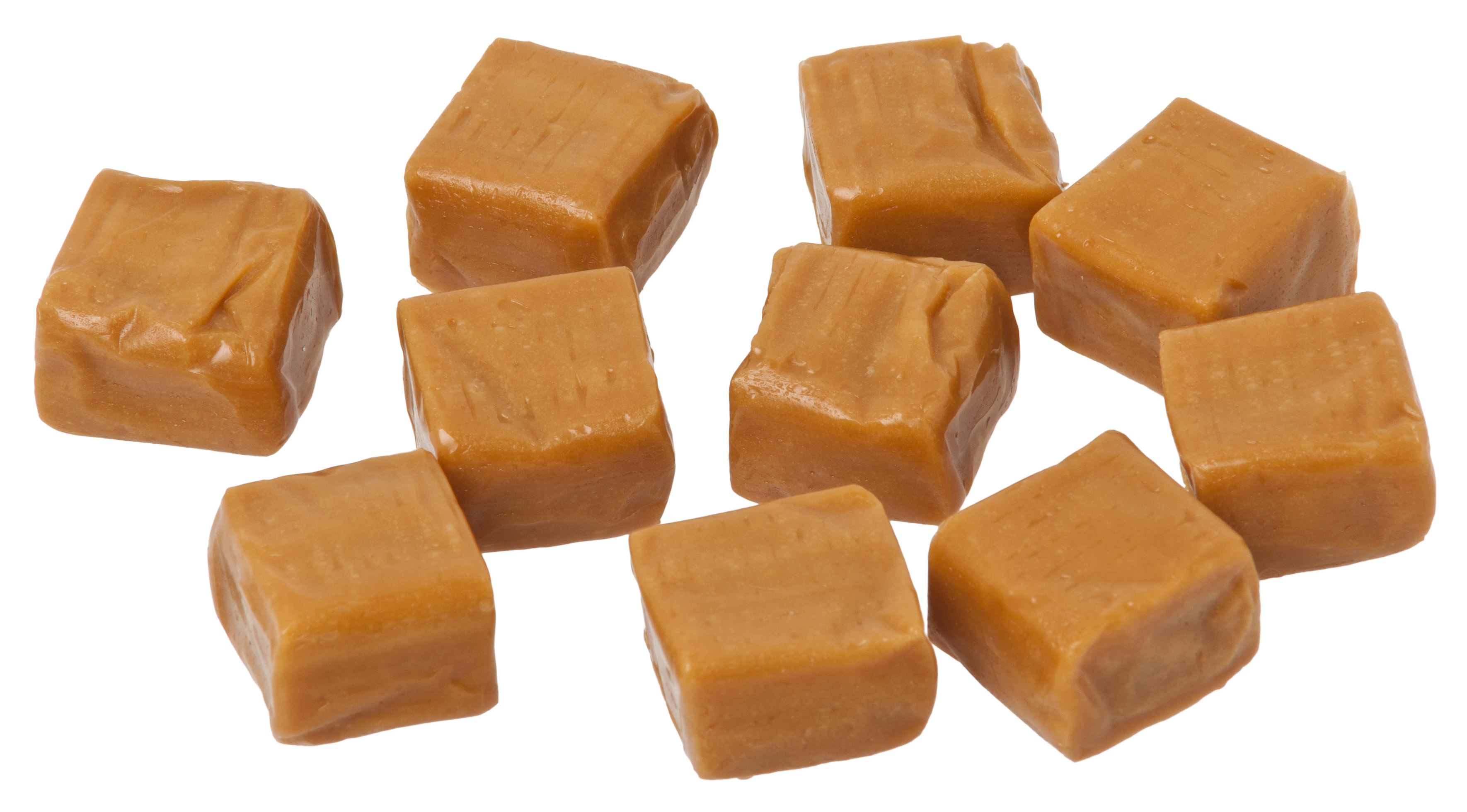|
Pets De Sœurs
Nun's farts (''Pets de sœur'' in French), is a French Canadian dessert that is made from pie dough; often from left over Tourtière dough, that is layered with butter, brown sugar, then rolled, sliced, placed in a pan, covered with additional brown sugar, and finally baked. It is called Pets de Soeur as it was served by nuns at Catholic schools in some parts of the province of Quebec and Acadia. In Quebec and French speaking Canada, they are often served during the Christmas holidays and may be served as part of Réveillons; which is a family gathering that occurs on Christmas Eve for Quebecers and French Canadians. Variations may replace the brown sugar with molasses, caramel sauce or maple syrup; however, this is not common nor traditional. See also *Cuisine of Quebec *Canadian cuisine *Acadian cuisine References {{DEFAULTSORT:Pets de soeurs Cuisine of Quebec Pastries Canadian desserts ... [...More Info...] [...Related Items...] OR: [Wikipedia] [Google] [Baidu] |
Dessert
Dessert is a course (food), course that concludes a meal; the course consists of sweet foods, such as cake, biscuit, ice cream, and possibly a beverage, such as dessert wine or liqueur. Some cultures sweeten foods that are more commonly umami, savory to create desserts. In some parts of the world, there is no tradition of a dessert course to conclude a meal. Historically, the dessert course consisted entirely of foods 'from the storeroom' (''de l’office''), including fresh, stewed, preserved, and dried fruits; nuts; cheese and other dairy dishes; Cookie, dry biscuits (cookies) and wafers; and ices and Ice cream, ice creams. Sweet dishes from the kitchen, such as freshly prepared pastries, meringues, custards, puddings, and baked fruits, were served in the Entremet, entremets course, not in the dessert course. By the 20th century, though, sweet entremets had come to be included among the desserts. The modern term ''dessert'' can apply to many sweets, including fruit, custard ... [...More Info...] [...Related Items...] OR: [Wikipedia] [Google] [Baidu] |
Tourtière
Tourtière (, ) is a French Canadian meat pie dish originating from the province of Quebec, usually made with minced pork, veal or beef and potatoes. Wild game meat such as bear or venison is sometimes used. It is a traditional part of the Christmas '' réveillon'' and New Year's Eve meal in Quebec. It is also popular in New Brunswick, and is sold in grocery stores across the rest of Canada all year long. It gets its name from the tourte, which is what it was originally made from. Though the name "tourtière" is derived from its filling, the tourte—the French name for the passenger pigeon that is now extinct in North America—was historically used as its filling before the 20th century. Tourtière is not exclusive to Quebec. It is a traditional French-Canadian dish served throughout Canada and the bordering areas of the United States. In the New England region of the U.S., especially in Maine, Rhode Island, Vermont, New Hampshire, and Massachusetts (e.g., Chicopee ... [...More Info...] [...Related Items...] OR: [Wikipedia] [Google] [Baidu] |
Brown Sugar
Brown sugar is a sucrose sugar product with a distinctive brown color due to the presence of molasses. It is either an unrefined or partially refined soft sugar consisting of sugar crystals with some residual molasses content or produced by the addition of molasses to refined white sugar. Brown sugar is 98% carbohydrates as mainly sucrose, contains no micronutrients in significant amounts, and is not healthier than white sugar. Characteristics The ''Codex Alimentarius'' requires brown sugar to contain at least 88% sucrose plus Inverted sugar syrup, invert sugar. Commercial brown sugar contains from 3.5% molasses (''light brown sugar'') to 6.5% molasses (''dark brown sugar'') based on its total volume. Based on total weight, ''regular commercial brown sugar'' contains up to 10% molasses. Brown sugars are graded numerically according to how dark they are, with higher numbers correlating with darker sugars. The most common gradings are 6, 8, 10 and 13. The product is naturally ... [...More Info...] [...Related Items...] OR: [Wikipedia] [Google] [Baidu] |
Christmas
Christmas is an annual festival commemorating Nativity of Jesus, the birth of Jesus Christ, observed primarily on December 25 as a Religion, religious and Culture, cultural celebration among billions of people Observance of Christmas by country, around the world. A liturgical year, liturgical feast central to Christianity, Christmas preparation begins on the Advent Sunday, First Sunday of Advent and it is followed by Christmastide, which historically in the West lasts Twelve Days of Christmas, twelve days and culminates on Twelfth Night (holiday), Twelfth Night. Christmas Day is a public holiday in List of holidays by country, many countries, is observed religiously by a majority of Christians, as well as celebrated culturally by many non-Christians, and forms an integral part of the annual Christmas and holiday season, holiday season. The traditional Christmas narrative recounted in the New Testament, known as the Nativity of Jesus, says that Jesus was born in Bethlehem, in ... [...More Info...] [...Related Items...] OR: [Wikipedia] [Google] [Baidu] |
Molasses
Molasses () is a viscous byproduct, principally obtained from the refining of sugarcane or sugar beet juice into sugar. Molasses varies in the amount of sugar, the method of extraction, and the age of the plant. Sugarcane molasses is usually used to sweeten and flavour foods. Molasses is a major constituent of fine commercial brown sugar. Molasses is rich in vitamins and minerals, including vitamin B6, iron, calcium, magnesium, and potassium. There are different types of molasses depending on the amount of time refined, including first molasses (highest sugar content), second molasses (slightly bitter), and blackstrap molasses (the darkest and most robust in flavor). Molasses was historically popular in the Americas before the 20th century as a sweetener. It is still commonly used in traditional cuisine, such as in Madeira Island's traditional dishes. In addition to culinary uses, molasses has industrial applications, such as in the distillation of rum, as an additiv ... [...More Info...] [...Related Items...] OR: [Wikipedia] [Google] [Baidu] |
Caramel Sauce
Caramel ( or ) is a range of food ingredients made by heating sugars to high temperatures. It is used as a flavoring in puddings and desserts, as a filling in bonbons or candy bars, as a topping for ice cream and custard, and as a colorant commonly used in drinks. The process of caramelization primarily consists of heating sugars slowly to around . As the sugar heats, the molecules break down and re-form into compounds with a characteristic colour and flavour. A variety of sweets, desserts, toppings, and confections are made with caramel, including tres leches cake, brittles, nougats, pralines, flan, crème brûlée, crème caramel, and caramel apples. Ice creams are sometimes flavored with or contain swirls of caramel. Etymology The English word comes from French ', borrowed from Spanish (18th century), itself possibly from Portuguese '. Most likely that comes from Late Latin ' 'sugar cane', a diminutive of 'reed, cane', itself from Greek . Less likely, it comes fr ... [...More Info...] [...Related Items...] OR: [Wikipedia] [Google] [Baidu] |
Maple Syrup
Maple syrup is a sweet syrup made from the sap of maple trees. In cold climates, these trees store starch in their trunks and roots before winter; the starch is then converted to sugar that rises in the sap in late winter and early spring. Maple trees are tapped by drilling holes into their trunks and collecting the sap, which is processed by heating to evaporate much of the water, leaving the concentrated syrup. Maple syrup was first made by the Indigenous peoples of North America, Indigenous peoples of Northeastern North America. The practice was adopted by European settlers, who gradually changed production methods. Technological improvements in the 1970s further refined syrup processing. Almost all of the world's maple syrup is produced in Canada and the United States. Maple syrup is graded based on its colour and taste. Sucrose is the most prevalent sugar in maple syrup. In Canada, syrups must be made exclusively from maple sap to qualify as maple syrup and must also be ... [...More Info...] [...Related Items...] OR: [Wikipedia] [Google] [Baidu] |
Cuisine Of Quebec
The cuisine of Québec (also called "French Canadian cuisine" or "cuisine québécoise") is a national cuisine in the Canadian province of Quebec, Québec. It is also cooked by Franco-Ontarians. Québec's cuisine descended from 17th-century French cuisine and began to develop in Canada (New France), New France from the labour-intensive nature of colonial life, the seasonality of ingredients and the need to conserve resources. It has been influenced by the province's history of fur trading and hunting, as well as Canadian winter, Québec's winters, soil fertility, teachings from First Nations in Canada, First Nations, British cuisine, American cuisine, historical trade relations and some immigrant cuisines. Québec is home to many unique dishes and is most famous for its poutine, tourtière, ''tourtières'', ''pâté chinois'', Pea soup#Canada, pea soup, ''fèves au lard'', ''cretons'' and desserts such as ''grands-pères'', ''pouding chômeur'' and St. Catherine's taffy. Québec' ... [...More Info...] [...Related Items...] OR: [Wikipedia] [Google] [Baidu] |
Canadian Cuisine
Canadian cuisine consists of the cooking traditions and practices of Canada, with regional variances around the country. First Nations and Inuit have practiced their culinary traditions in what is now Canada for at least 15,000 years. The advent of European explorers and settlers, first on the east coast and then throughout the wider territories of New France, British North America and Canada, saw the melding of foreign recipes, cooking techniques, and ingredients with indigenous flora and fauna.Jacobs, H. (2009). Structural Elements in Canadian Cuisine. Cuizine, 2(1), 0–0. https://doi.org/10.7202/039510ar Modern Canadian cuisine has maintained this dedication to local ingredients and ''terroir'', as exemplified in the naming of specific ingredients based on their locale, such as Malpeque oysters or Alberta beef. Accordingly, Canadian cuisine privileges the quality of ingredients and regionality, and may be broadly defined as a national tradition of "creole" culinary prac ... [...More Info...] [...Related Items...] OR: [Wikipedia] [Google] [Baidu] |
Acadian Cuisine
Acadian cuisine () comprises the traditional dishes of the Acadian people. It is primarily seen in the present-day cultural region of Acadia. Acadian cuisine has been influenced by the Deportation of the Acadians, proximity to the ocean, the Canadian winter, bad soil fertility, the cuisine of Quebec, American cuisine, and English cuisine, among other factors. Acadian cuisine is not very well known in Canada or internationally. It has much in common with Québécois cuisine because of its geographical proximity. The two often feature the same dishes, but the cuisine of Acadia puts more emphasis on seafood. Acadian cuisine has notably served as the base for Cajun cuisine because the Cajun are descendants of Acadians who were deported to Louisiana. It is also believed that Acadians are responsible for normalizing potato consumption in France—a vegetable the French once considered poisonous. History In the 17th century, French colonists who settled on lands they named Acadia a ... [...More Info...] [...Related Items...] OR: [Wikipedia] [Google] [Baidu] |
Pastries
Pastry refers to a variety of doughs (often enriched with fat or eggs), as well as the sweet and savoury baked goods made from them. The dough may be accordingly called pastry dough for clarity. Sweetened pastries are often described as '' baker's confectionery''. Common pastry dishes include pies, tarts, quiches, croissants, and turnovers. The French word pâtisserie is also used in English (with or without the accent) for many of the same foods, as well as the set of techniques used to make them. Originally, the French word referred to anything, such as a meat pie, made in dough (''paste'', later ''pâte'') and not typically a luxurious or sweet product. This meaning still persisted in the nineteenth century, though by then the term more often referred to the sweet and often ornate confections implied today. Definitions The precise definition of the term pastry varies based on location and culture. Common doughs used to make pastries include filo dough, puff pastry, ch ... [...More Info...] [...Related Items...] OR: [Wikipedia] [Google] [Baidu] |








